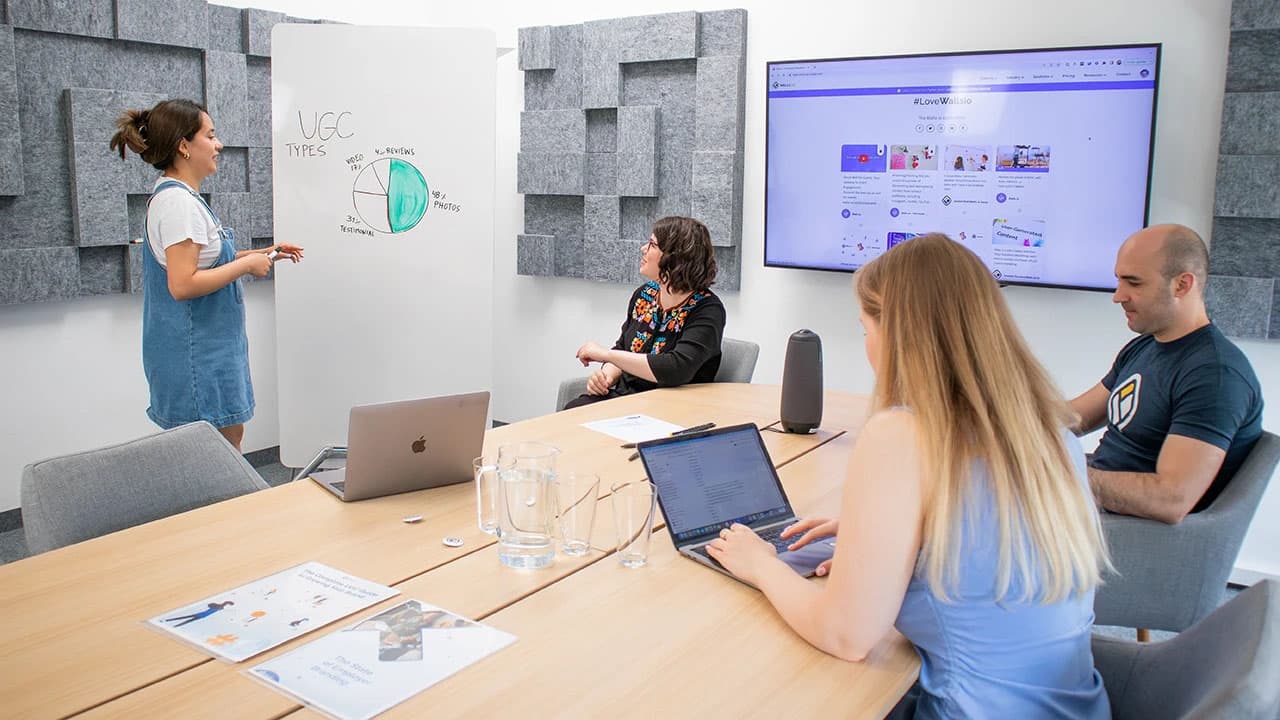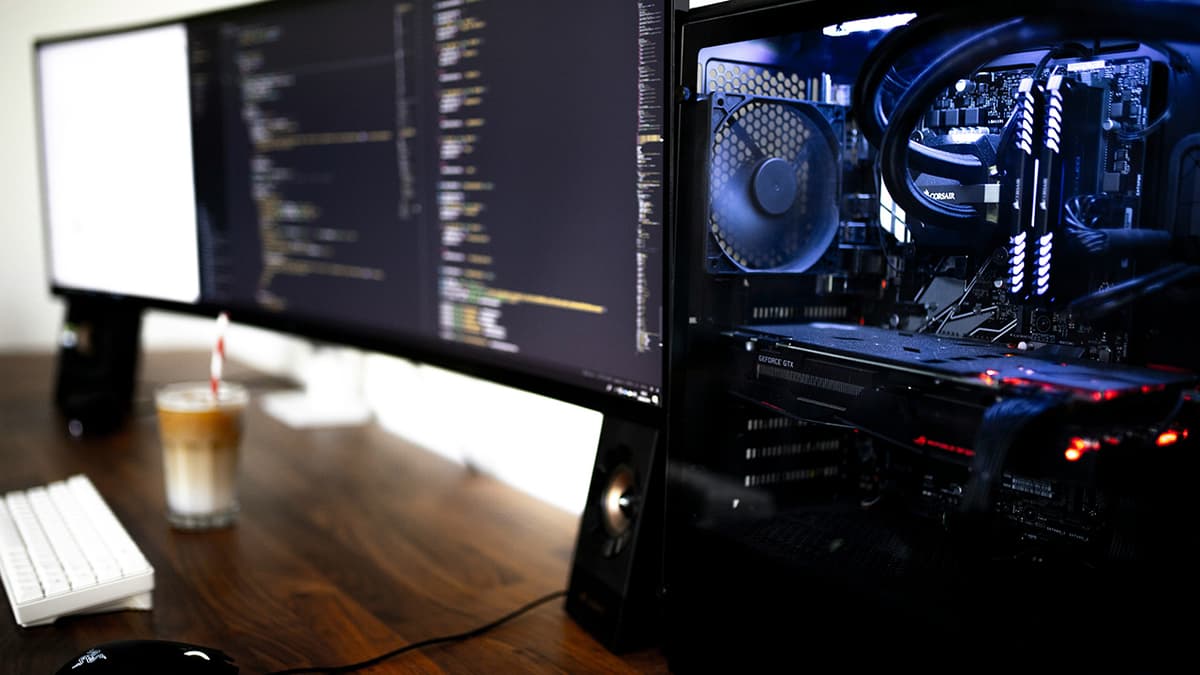Product Development Process: A Comprehensive Guide
The product development process is vital for successfully bringing a product to market. It entails a series of stages that transform an initial concept into a marketable product. This guide explores the key stages of product development and highlights the significance of each step.
Why is Product Development Important?
Product development encompasses the full journey of a product, from conception to market introduction and beyond. It includes ideation, research, design, prototyping, testing, production, launch, and post-launch evaluation. The product development process matters for several reasons:
-
Meeting Market Needs: Understanding customer needs is the foundation of successful product development. Thorough market research helps identify gaps and opportunities for creating products that meet customer requirements.
-
Competitive Advantage: An effective product development process helps businesses gain a competitive edge. Continuous improvement based on customer feedback and industry trends allows companies to maintain relevance and outperform competitors.
-
Innovation and Growth: Product development encourages innovation by generating creative ideas and solutions. By refining products, companies can enhance offerings, drive growth, and expand their customer base.
The Stages of Product Development
Understanding the product development process involves examining its stages. Here are the six key stages:
-
Idea Generation: Brainstorming and generating innovative ideas form the first stage. This phase is critical as it lays the groundwork for the entire product development process, with ideas sourced from customer insights, market research, and team collaboration.
-
Concept Development and Evaluation: After generating ideas, they need evaluation for feasibility and alignment with business objectives. This stage involves refining concepts, conducting market analysis, and assessing potential risks and benefits.
-
Design and Development of a Prototype: A tangible prototype is created based on the selected concept during this stage. Prototyping allows visualization and testing of the product's functionality, design, and features, helping to identify issues or improvements early.
-
Testing and Validation: Thorough testing is essential after the prototype is complete. This stage involves user testing, gathering feedback, and making necessary adjustments to ensure the product meets quality standards and customer expectations.
-
Production and Launch: Once testing is successful, the product moves to the production stage. This includes finalizing manufacturing processes, establishing supply chains, and preparing for the official market launch.
-
Post-Launch Evaluation and Iteration: Continuous evaluation after the launch is crucial for long-term success. This stage involves collecting customer feedback, monitoring market performance, and implementing improvements based on the received input.












